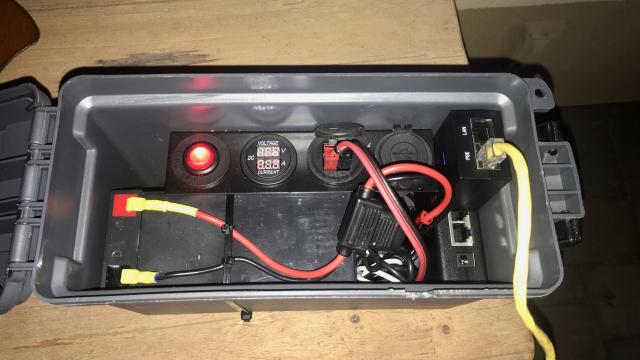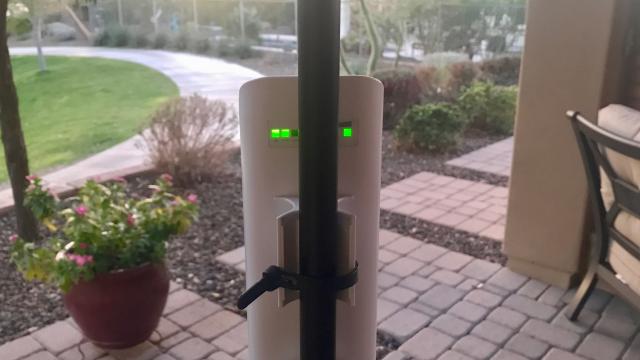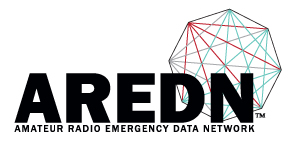- NanoStation M5. ($82 from Amazon)
- Tripod with 18-foot Mast.
- 12-volt battery go box.
- DC POE injector ($9 from Amazon).
- Ubiquity airGateway ($23 from Amazon) for 'remote wifi connection to Windows, Mac, or iPad.
- Microsoft Surface Pro with Chrome web browser to talk to airGateway and Nanostation, MeshChat, Winlink Express for ptp email.
Ethernet cord is about 10 feet and station seems to be fine with 12-volt (instead of 24-volt Ubiquity spec). Draws about 0.17 amps. Doing longer term testing.





THIS COMMENT HAS BEEN RESCINDED. I disconnected and reconnected everything and it works fine with multiple devices. I may have not had the DC power connector inserted all the way?
Interesting, we learned through testing today the 4-port POE injectors will support only ONE attached device if it (the POE injector) is powered by a 12-volt battery. But works fine, powering a single Ubiquity device.
I have a POE injector (4 ports) probably the same as the one in the picture... and Iam using it to power the NanoStation node, a Netgear smart switch and a Grand Stream Phone.
Info on run time in the morning, I'm running a test now.
The NanoStation is powered by a 7 amp sealed lead acid battery. A fully charged battery discharged to 12 volts after about 12 hours.
If you are putting 12 volts (what is it really?) in the POE injector, you may be barely getting what the node needs at the far end given line and connector losses. They "say" that the nodes will run down to around 11 or 10.5 volts - but I haven't really tested it. I would look into a voltage booster to get the overall beginning voltage up to around 24 and you should be golden. Each UBNT node draws about 3 watts, so do the math depending on what voltage is arriving at the connector. There are some inexpensive POE analyzers starting around $24.00 available and is a nice addition to our MESH diagnostic toolbox. Small enough to take up a tower to check voltage/current/power on nodes and cables in the air too!
There is an onboard 24v zener diode used for overvoltage protection that is tied to V+ and V- and any spikes in the supply line at 24v could cause it to go into conduction which could either reset the supply, increase current consumption, and possibly increase heat in the Zener.
The 16v Ubiuiqit supplies have historically been used to 100ft and he 24v supplies for everything past that by WISPs. However Ubiquiti has been shipping the 24v supplies more frequently now
Reference: https://dren.dk/mreset.html
I also noticed that even with the current increasing a few mA at the lower voltages, the P=I(V) was lower than when running the node at 24v and 12v. In other words, the power consumption is not linear. This was not a scientific test, but would love to do it again with better test equipment, in 0.5V increments for a better plot.
Since this discussion touches on the power aspects of the AREDN node and voltage of the POE cabling, A question of practicality: given a 24 Vdc power into a POE injector, how long of a run of Ethernet cable can be used and still have solid performance? Assume worse case - that the AREDN node is running full power and the cable wire is 24 gage (like ToughCable Pro as an example). Not looking for a theoretical answer, just a practical one based on actual deployment.
Maybe we should keep a record book for longest cable run actually in use.